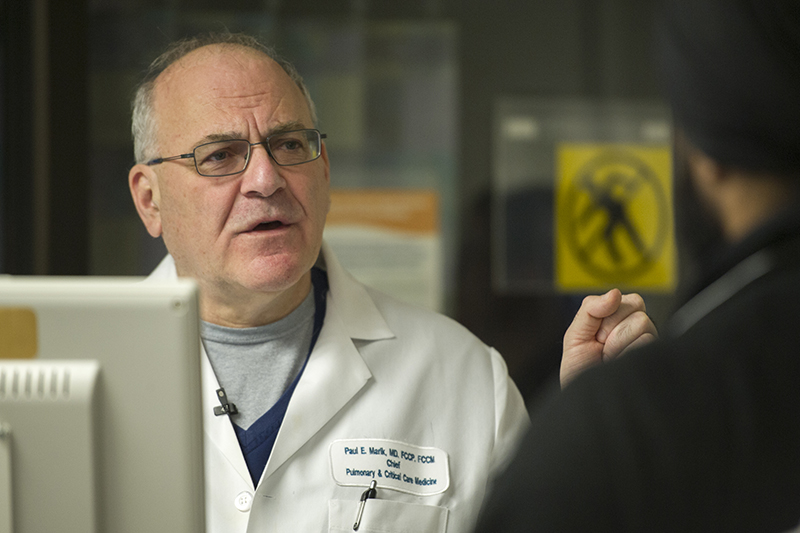New sepsis treatment catching on despite conflicting research

An experimental treatment for sepsis is catching on worldwide even as published research shows mixed results about whether the treatment is effective.
Paul Marik, MD, a highly respected physician who is Chief of Critical Care at EVMS and Professor of Internal Medicine, came up with his treatment in a hail-Mary attempt to save a patient dying of septic shock in January 2016. He combined hydrocortisone, ascorbic acid (vitamin c) and thiamine, a combination now commonly known by the moniker HAT.
Since publishing results of his own limited research in 2017, Dr. Marik has received praise from physicians and patients who have benefitted from HAT and ridicule from physicians who complain that there is insufficient research to determine if HAT is effective.
In January 2020, Dr. Marik was invited to an international meeting in Belfast for the highly anticipated public announcement of the results of the first major research involving HAT. The study — conducted in adults in Australia, New Zealand and Brazil — failed to show any advantage.
But less than a week later, a U.S. team published their own research results showing a dramatic improvement in children treated with HAT.
"While it is still unclear why vitamin C appears to reduce mortality from septic shock and we need to dig deeper to understand the mechanism, our results are incredibly promising," says lead author Eric Wald, MD, critical care physician at Lurie Children's and Associate Professor of Pediatrics at Northwestern University Feinberg School of Medicine.
Dr. Marik believes the drastic difference between the studies lies in two critical elements: timing of the delivery of HAT and the volume of IV fluids used along with the treatment. Dr. Marik believes that HAT is most effective when given as early as possible and with conservative IV fluid management.
“Patients with septic shock are critically ill and need treatment urgently,” Dr. Marik says, comparing it to treating a time-critical condition such as a stroke or heart attack. “Our experience shows that HAT is most effective when administered within the first six hours of the onset of septic shock and with minimal IV fluids — to avoid diluting the HAT components.”
In Dr. Marik’s ICU at Sentara Norfolk General Hospital, the use of HAT has become routine for patients experiencing sepsis. The HAT treatment is in addition to the standard treatment for sepsis and also is given as a precaution when a patient exhibits symptoms consistent with development of septic shock.